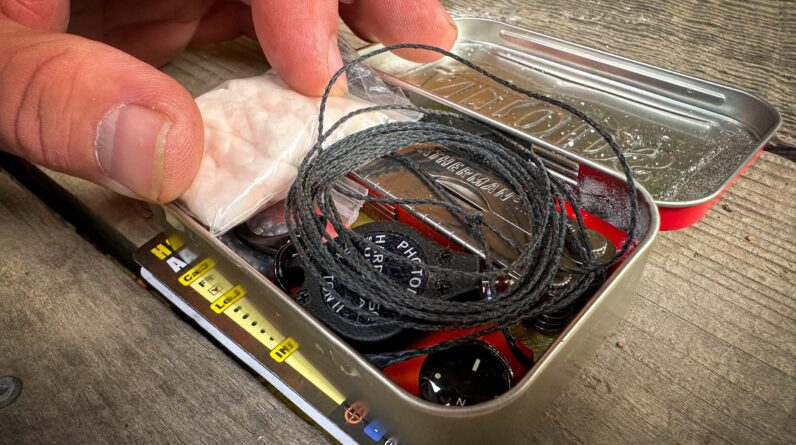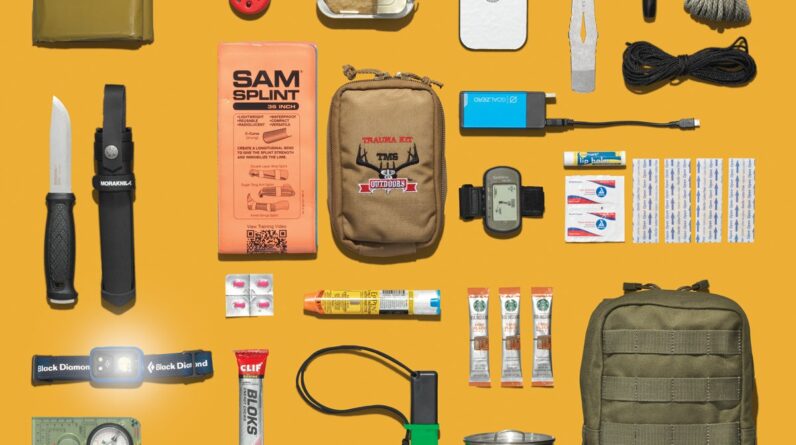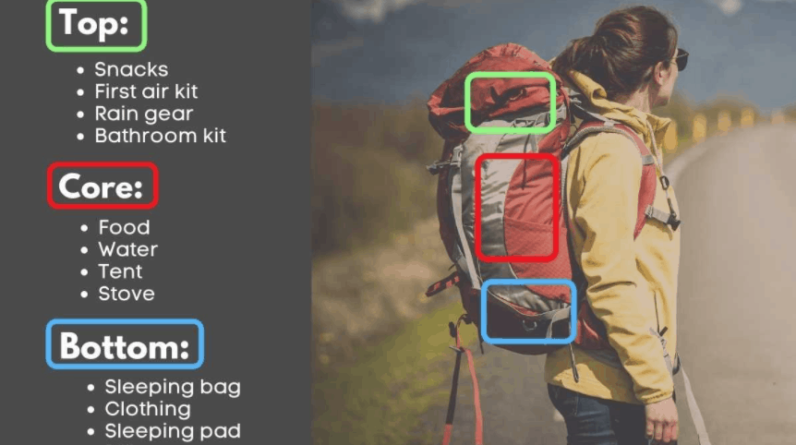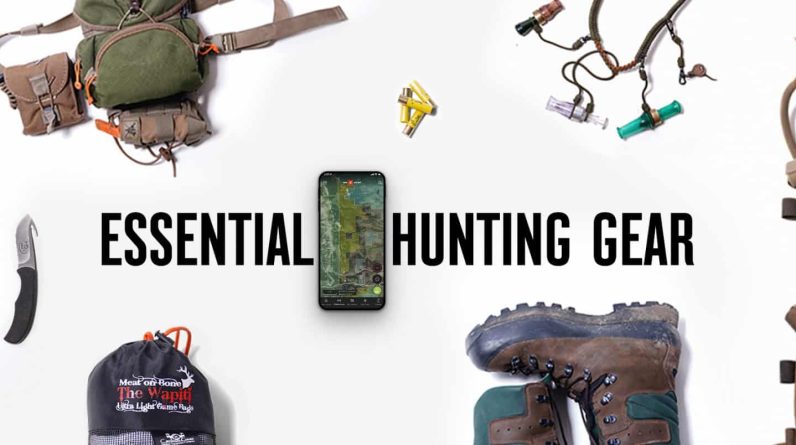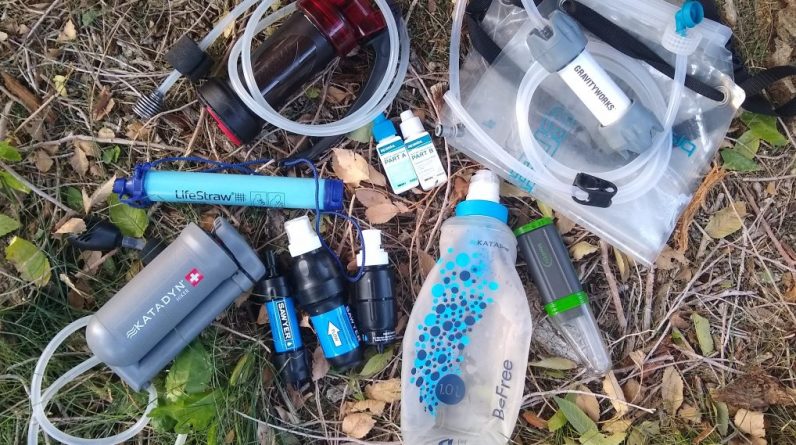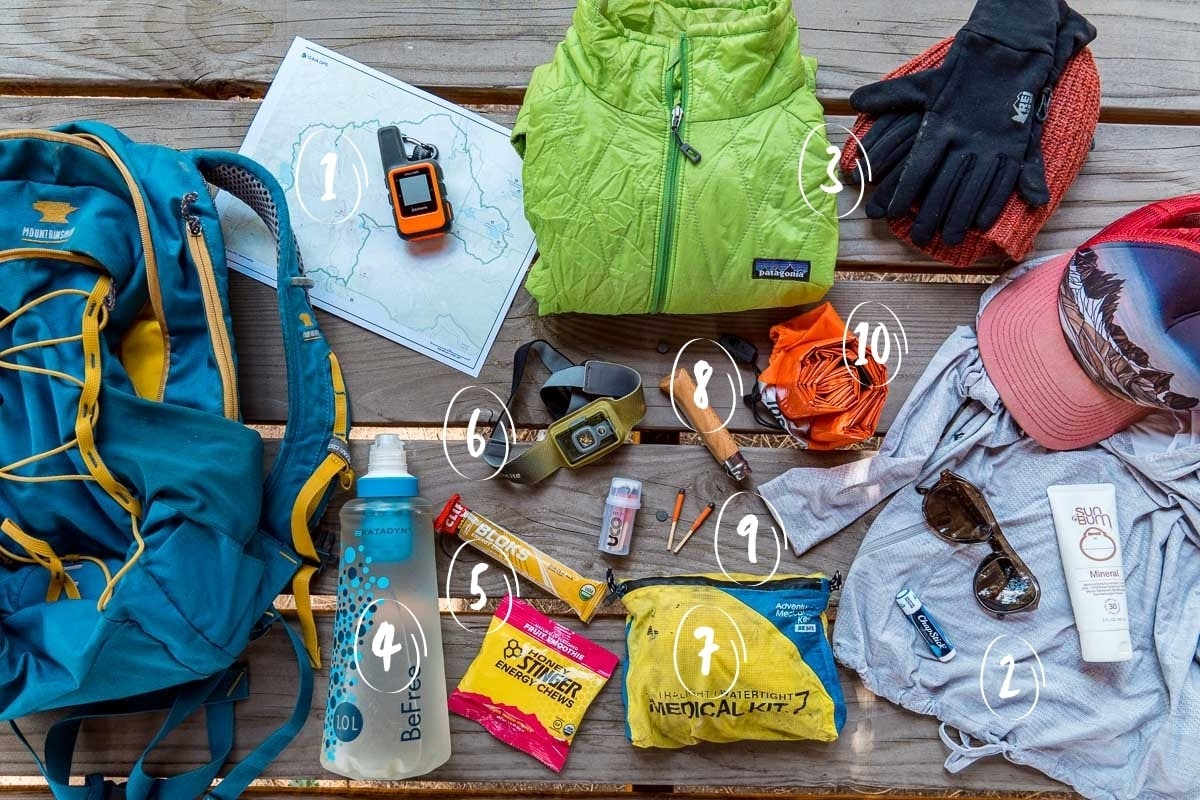
So, you’ve decided to go on a hiking trip – that’s awesome! But have you thought about what safety gear you should bring along? Trust me, it’s important to be prepared for any situation when you’re out in the wilderness. In this article, we’ll discuss some essential safety gear that you should consider packing for your hiking adventure.
First and foremost, you’ll want to make sure you have a sturdy and reliable pair of hiking boots. The last thing you want is to be halfway through your hike and have your shoes start falling apart. Your boots should provide good traction and ankle support to help prevent any slips, trips, or falls.
Additionally, carrying a map and compass, or even better, a GPS device, can be a lifesaver. Getting lost on a hike is not fun, and it can be dangerous. So, make sure you know how to read a map and use a compass, or at the very least, have a GPS device that can guide you back to safety.
Lastly, don’t forget to pack a first aid kit. Accidents happen, and having a well-stocked first aid kit can make all the difference. Include essentials like band-aids, antiseptic wipes, gauze pads, and pain relievers. You never know when a small injury can turn into something more serious, so it’s better to be prepared.
In this article, we’ve just scratched the surface of the essential safety gear you should carry when going on a hiking trip. Keep reading to learn more about other important items to consider, such as a headlamp, emergency shelter, and a whistle. Remember, preparing for the unexpected can mean the difference between a safe and enjoyable hike, and a potentially dangerous situation. Stay safe out there!

This image is property of nwtripfinder.com.
Essential Safety Gear for Hiking
When embarking on a hiking adventure, it is important to prioritize safety. Being prepared with the right gear can make a significant difference in your overall hiking experience and, most importantly, ensure that you stay safe throughout your journey. Whether you are an experienced hiker or a novice looking to explore the great outdoors, here is a list of essential safety gear that you should always have with you.
Emergency Communication Devices
You never know when an emergency may arise, and having a reliable means of communication can be a lifesaver. Carrying an emergency communication device, such as a mobile phone or a two-way radio, is crucial. Make sure to keep your phone fully charged before setting off on the hike. Additionally, consider investing in a portable power bank to ensure that you have a backup source of power in case your phone battery runs out.
First Aid Kit
A first aid kit is a must-have item for any hiking trip. It is essential to have the necessary supplies to treat minor injuries and ailments that may occur along the way. A well-stocked first aid kit should include items such as adhesive bandages, gauze pads, antiseptic wipes, pain relievers, tweezers, and any personal medication you may require. Familiarize yourself with the contents of the kit and learn how to use them properly. In case of a more serious injury or emergency, it is important to have basic knowledge of first aid techniques.
Navigation Tools
Getting lost while hiking can be a scary and potentially dangerous situation. To prevent this, it is essential to have reliable navigation tools with you. Consider carrying a map of the trail you plan to hike along with a compass or a GPS device. These tools can help you stay on track and find your way back in case you lose your bearings. It is also advisable to have a whistle, which can be used to signal for help or attract attention if needed.
Sun Protection
Protecting your skin from the sun’s harmful rays is crucial, especially when spending long hours outdoors. Make sure to carry and apply sunscreen with a high SPF rating to all exposed areas of your skin. Additionally, wear a wide-brimmed hat and sunglasses to shield your face and eyes from direct sunlight. Don’t forget to reapply sunscreen throughout the day, especially if you are sweating or spending time in water. Sunburn can not only be painful but can also lead to long-term skin damage.
Proper Footwear
Having the right footwear is essential to ensure your safety and comfort while hiking. Invest in a well-fitting pair of hiking boots or trail shoes that provide good ankle support and traction. These will help prevent slips, sprains, and blisters on uneven terrain. It is important to break in your new footwear before your hiking trip to avoid any discomfort or potential foot problems. Additionally, wear moisture-wicking socks to keep your feet dry and minimize the risk of blisters.
Clothing Layers
Weather conditions can fluctuate rapidly, especially when hiking in mountainous areas or during different seasons. Dressing in layers allows you to adapt to changing weather conditions easily. Start with a moisture-wicking base layer to keep sweat away from your body and avoid dampness. Add a insulating mid-layer to retain body heat, and top it off with a waterproof and wind-resistant outer layer to protect you from the elements. Don’t forget to bring an extra set of dry clothes, especially if you are planning an overnight hike.
Food and Water
Proper nutrition and hydration are essential for maintaining energy levels during a hiking trip. Carry enough food and snacks to keep you fueled throughout the journey. Choose lightweight, non-perishable foods that are high in nutrients and easy to eat on the go, such as energy bars, trail mix, and dried fruits. Staying hydrated is equally important, so make sure to carry an adequate amount of water. Consider using a hydration bladder or a reusable water bottle for convenience. It is advisable to carry more water than you think you will need, especially in hot and arid conditions.
Emergency Shelter
In case of unexpected circumstances, it is important to be prepared to spend the night outdoors. Carrying an emergency shelter, such as a lightweight tent or a bivvy bag, is crucial. These shelters provide protection from the elements and help retain body heat, ensuring your safety and comfort until help arrives. Even if you don’t anticipate needing it, having an emergency shelter with you is a smart precaution.
Lighting
Being caught in darkness while hiking can be dangerous, especially if you are unable to find your way back to safety. Carrying a headlamp or a flashlight is advisable. These sources of light will not only help you navigate in low-light conditions but also allow you to easily signal for help in case of an emergency. Make sure to check and replace the batteries before your hiking trip to ensure they are in working order.
Conclusion
When it comes to hiking, safety should always be a top priority. Carrying the essential safety gear outlined in this article will give you the peace of mind knowing that you are prepared for any situation that may arise. Remember, the right gear can make all the difference when it comes to enjoying the great outdoors safely. So, before you embark on your next hiking adventure, make sure to pack your emergency communication devices, first aid kit, navigation tools, sun protection, proper footwear, clothing layers, food and water, emergency shelter, and lighting. Stay safe, enjoy the journey, and embrace the beauty of nature!
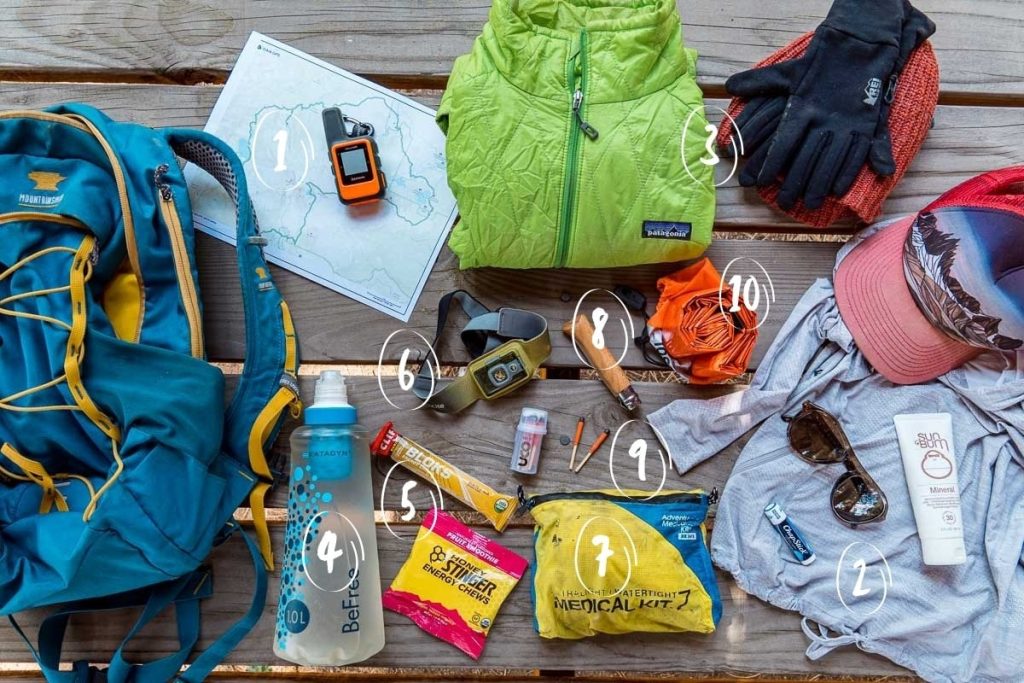
This image is property of www.freshoffthegrid.com.

